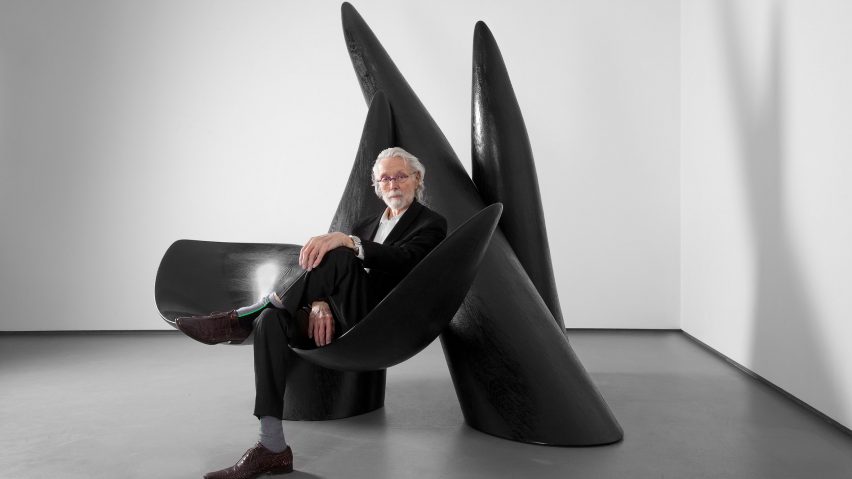
"Furniture is still a relative bargain" compared to art, says artist Wendell Castle
Buyers are capitalising on the burgeoning market for collectible furniture as prices and popularity continue to increase, according to pioneer of the American studio craft movement, Wendell Castle.
"Prices continue to increase, but when compared to paintings, furniture is still a relative bargain," said Castle, speaking to Dezeen shortly after the opening of his latest exhibition, Planting Seeds, at Carpenter's Workshop Gallery in Paris.
"The divide between painting and 'design as art' is getting fuzzier and fuzzier," he said. "Museums are now commonly displaying furniture in the painting galleries."
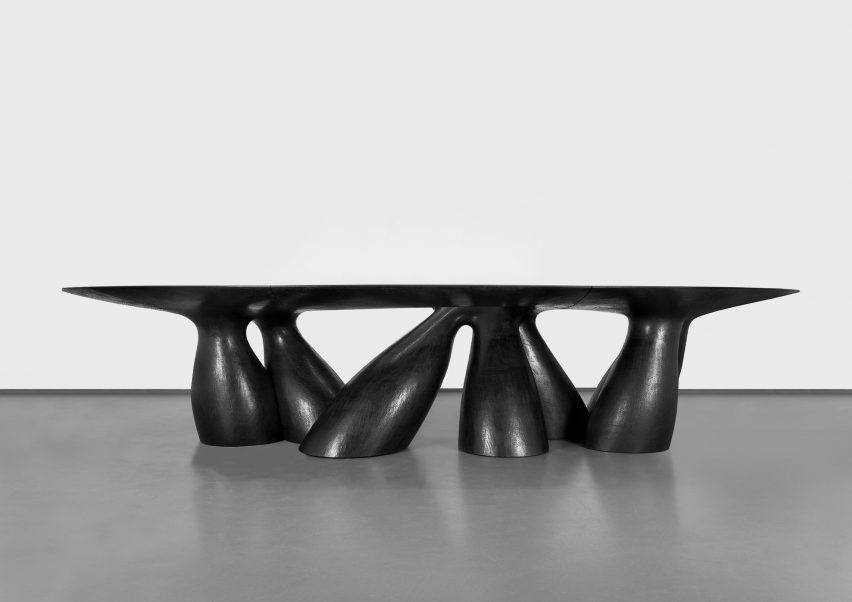
Castle's own work straddles both the categories of art and design. His sculptural pieces take reference from natural forms; curved nooks will often be juxtaposed with flat surfaces jutting out at an angle.
His works can be found in the collections of numerous international museums, including the V&A, Los Angeles County Museum of Art, the Museum of Art and Design in New York, and the Museum of Fine Arts in Boston.
Born in the US in 1932, Castle has been a sculptor and designer for more than four decades. In the early 1970s, in a rapidly expanding industrial society, his pieces took a sculptural form as he started working with plywood.
Throughout his career, Castle has focussed on wood as his primary material. At Planting Seeds, only works in wood and bronze are on show.
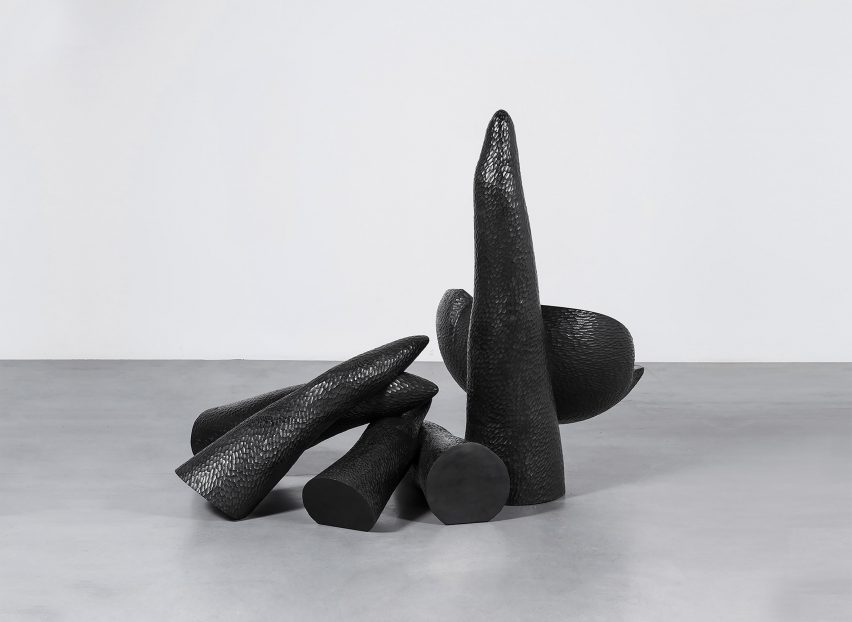
"Wood and bronze are the ideal materials for furniture," Castle said. "They provide unlimited opportunities to do pretty much anything you want in regards to form. With my bronze pieces, we make the original 'plug' out of rigid urethane sign foam, which is very similar to wood. Furniture cast in bronze gives us the opportunity to put work outdoors and in public spaces."
Castle's works are particularly poignant at a moment in design history when craft is making a comeback – championed by architects and designers including Peter Zumthor and Sebastian Cox.
"I believe what has advanced the field the most in the last 10 years is how the work is being presented to the public," said Castle.
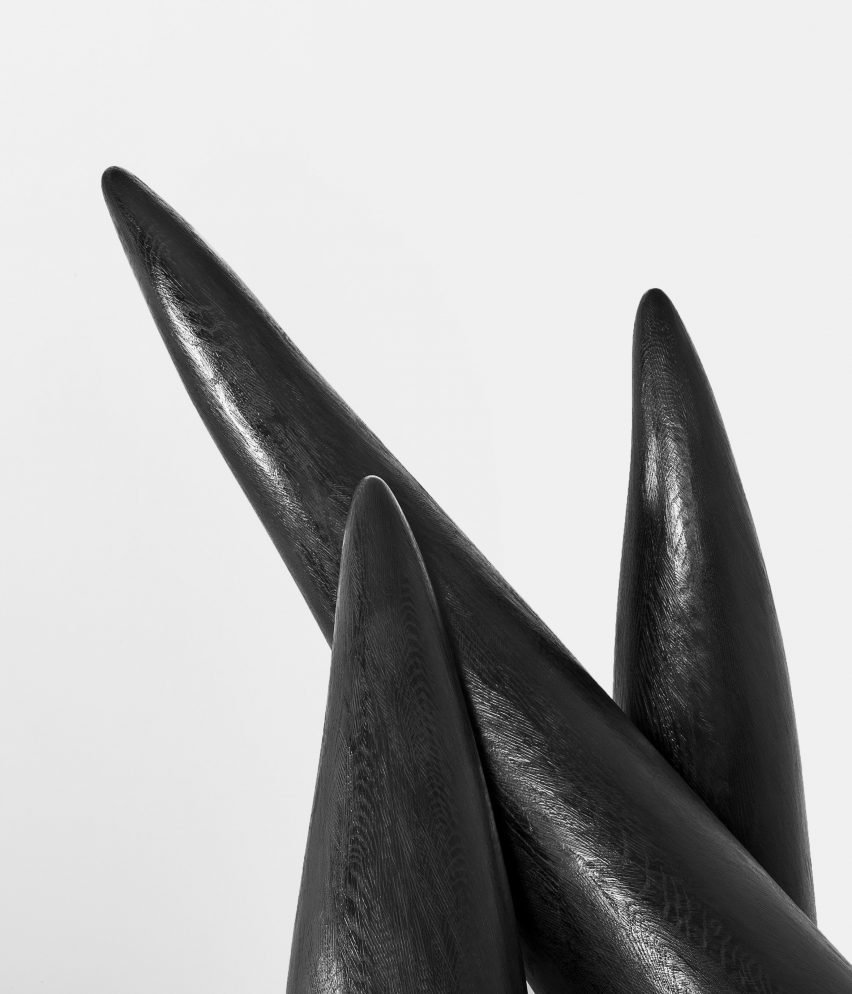
The exhibition title, Planting Seeds, stems from Castle's analogy between the creative process – the growth of an initial concept into a developed idea – with that of the germination of a seed.
"My vocabulary has always been organic; sometimes I think of it as actually growing from a seed/idea. Hence, my ideas actually grow into something. Each idea has other ideas which grow from it," the artist said.
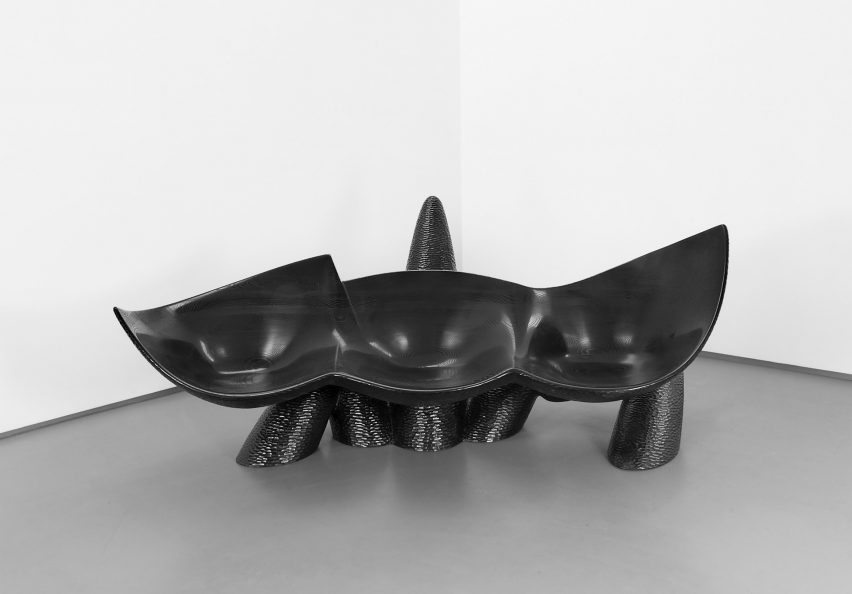
The works in Planting Seeds demonstrate the flexibility of Castle's choice of materials. Using stained ash polished with an oil finish, the sculptor evokes an almost plastic effect with the wood grain. The irregular forms of the furniture appear to poke out of the ground like blades of grass.
Early on in his career, Castle approached industrial production companies to help produce his pieces. His early Molar collection, a series of moulded plastic furniture, was supported by the company Stendig Beylerian, where several of the artist's models were produced.
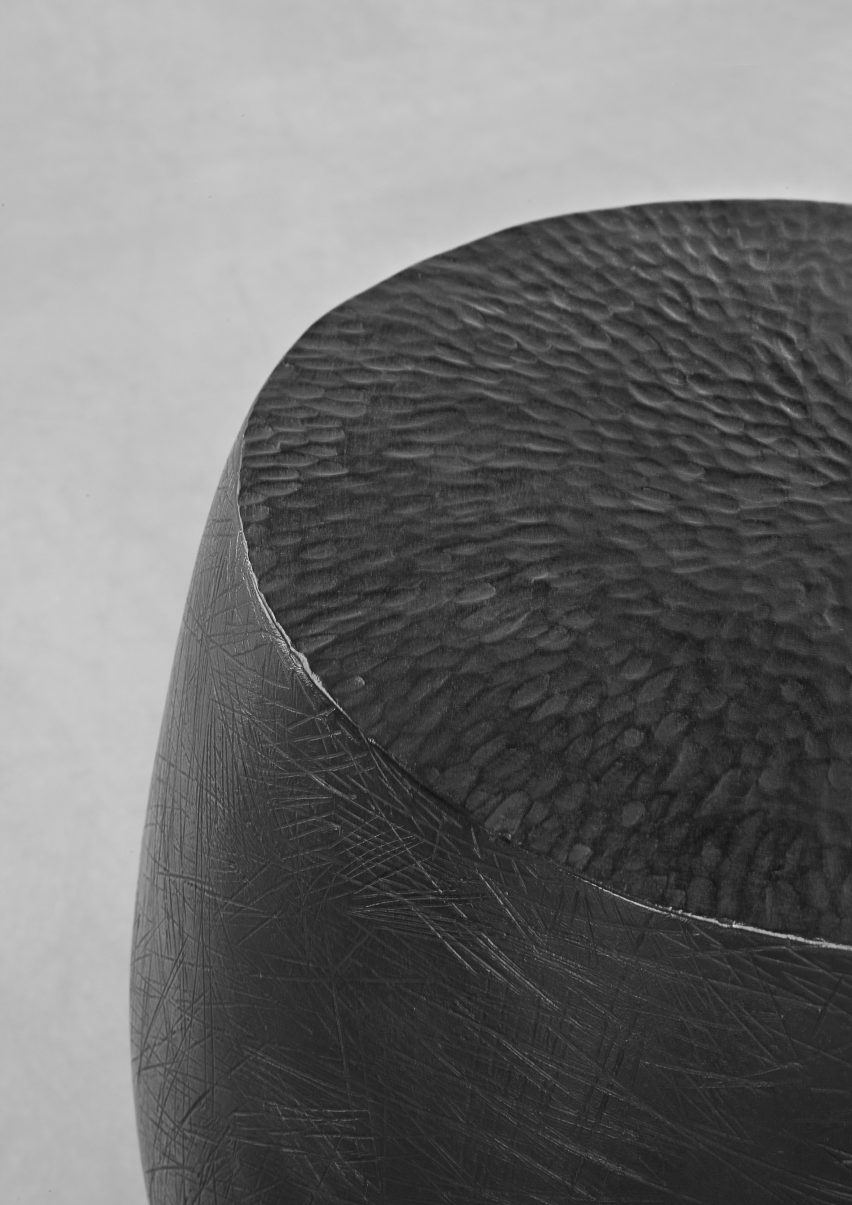
Planting Seeds is open until 6 May 2017 at Carpenter's Workshop Gallery, Paris.
The exhibition also includes one of the artist's early pieces, A Sculpted Door (1976), which was bought by the gallery and presented to the artist as a surprise. There is also footage from an in-progress documentary directed by Castle's daughter about the artist's life and career so far.
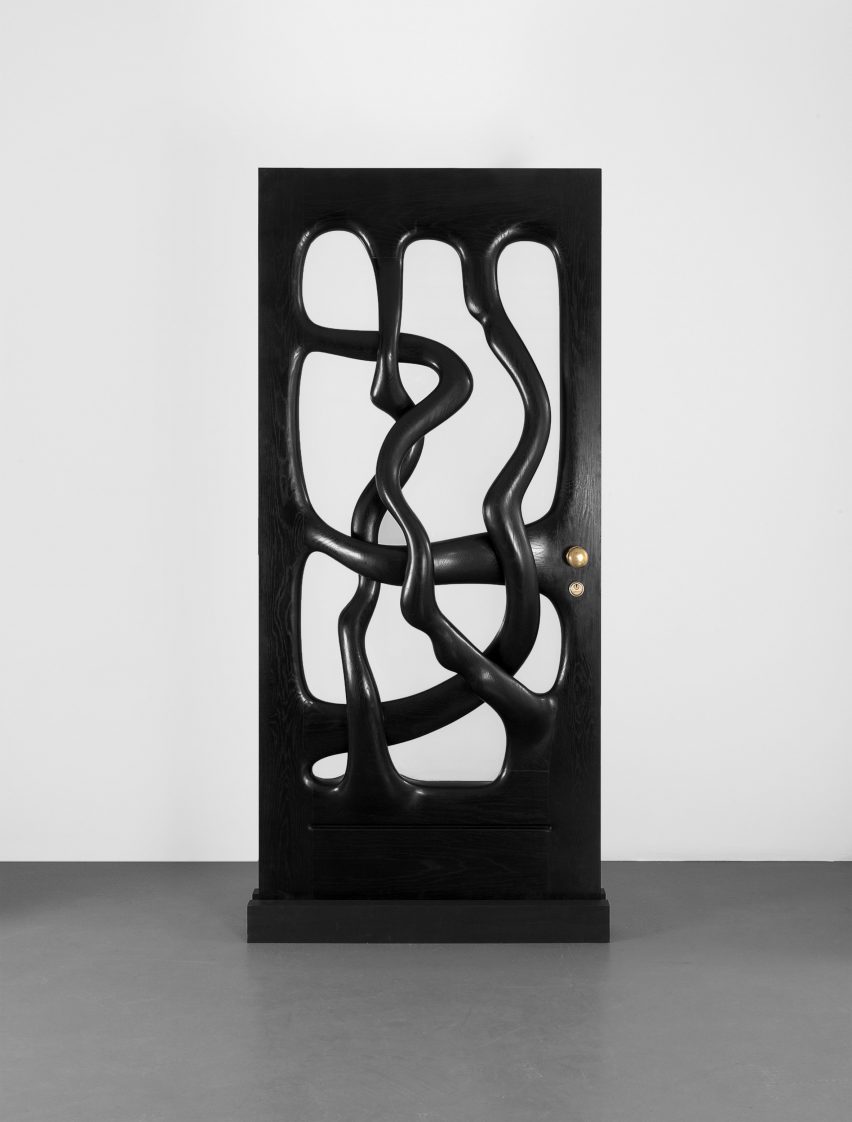
Other recent exhibitions at the Carpenter's Workshop Gallery include Humberto and Fernando Campana's Manafatura solo show in Paris, and Mathieu Lehanneur's Liquid Marble series for an exhibition during London Design Festival 2016.
Photography is by Carpenter's Workshop Gallery.